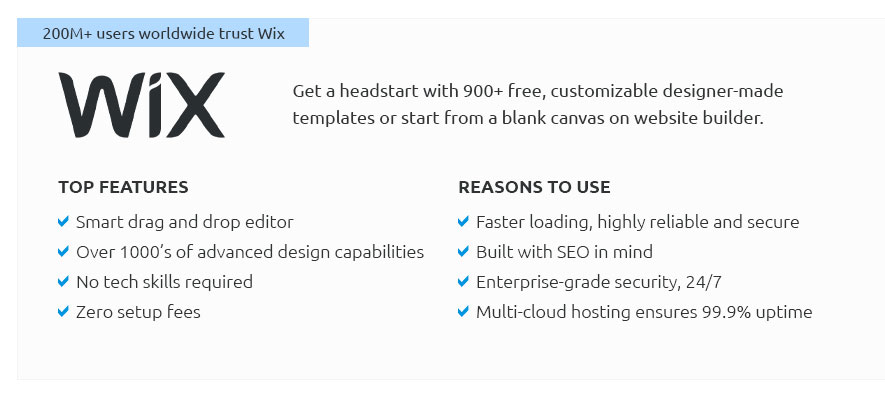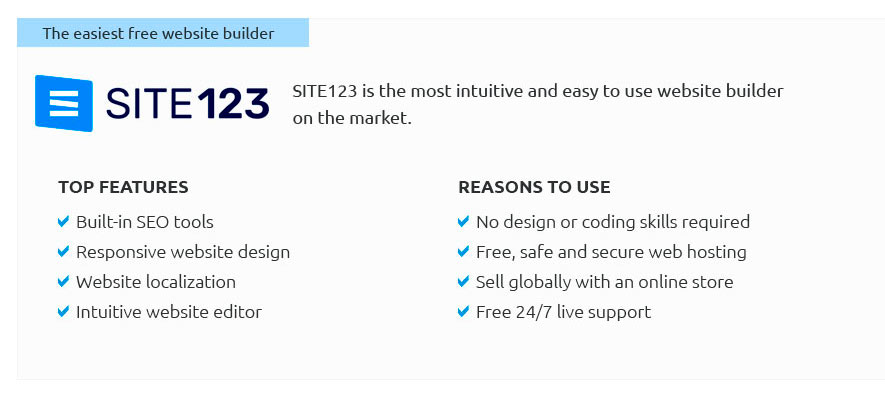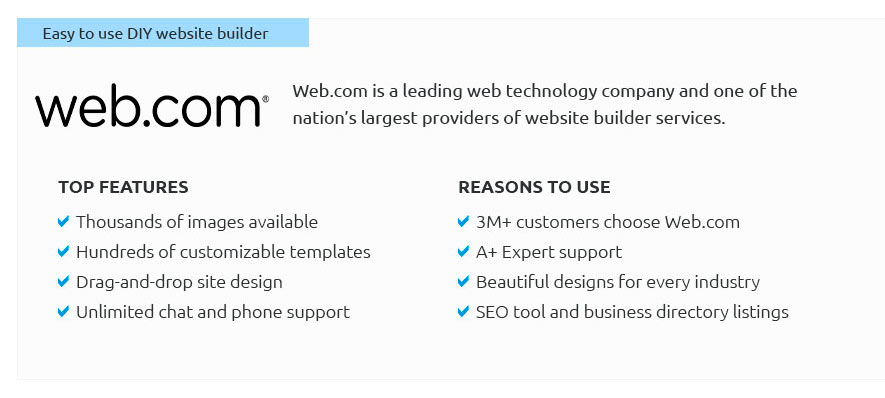|
Understanding the Intricacies of Website Product Page TemplatesThe digital marketplace thrives on the presentation and functionality of product pages, which serve as the cornerstone of e-commerce platforms, and understanding how to craft an effective website product page template is crucial for anyone seeking to succeed in this domain. These templates are more than just placeholders for images and text; they are dynamic frameworks that guide a user's journey from curiosity to conversion, often acting as the silent salesperson in the world of online retail. At their core, they aim to provide comprehensive information in a digestible format while maintaining aesthetic appeal. But what makes a product page template truly effective? - Visual Hierarchy: One of the key elements is visual hierarchy. This concept revolves around organizing information in a manner that naturally guides the viewer’s eye to the most important details first, such as the product name, price, and call-to-action buttons. Designers often employ size, color contrast, and positioning to achieve this.
- High-Quality Imagery: Images are pivotal; they provide tangible insights into the product, offering a virtual touch-and-feel experience. High-resolution photos, 360-degree views, and zoom functionalities can significantly enhance user engagement and trust.
- Compelling Product Descriptions: While visuals capture attention, it’s the product descriptions that seal the deal. These should be concise yet comprehensive, highlighting key features and benefits. A well-written description can evoke desire and urgency, encouraging the user to make a purchase.
- User Reviews and Ratings: Including customer feedback can greatly influence potential buyers, as reviews act as social proof, building trust and credibility. They provide authentic insights into product performance and customer satisfaction.
- Responsive Design: In an era where mobile shopping is ubiquitous, ensuring that product pages are mobile-friendly is non-negotiable. A responsive design adapts seamlessly to different screen sizes, ensuring an optimal viewing experience across devices.
- SEO Optimization: Beyond aesthetics and functionality, a product page must be optimized for search engines. This involves the strategic use of keywords, alt tags for images, and meta descriptions, all aimed at improving the page’s visibility and search ranking.
Now, let us delve into some frequently asked questions regarding product page templates: - Why is it important to have a standardized product page template? Standardization ensures consistency, which not only enhances brand identity but also improves user experience by providing a familiar structure that users can navigate effortlessly.
- How can I make my product page template stand out? While maintaining a degree of standardization is important, incorporating unique design elements and personalized content can differentiate your page. Interactive elements, such as videos or customer Q&A sections, can add value and capture interest.
- What common mistakes should be avoided in product page templates? Overloading the page with too much information or cluttering it with excessive graphics can overwhelm users. It's also important to avoid neglecting the mobile experience, as well as failing to update the page regularly with fresh content and current product availability.
In conclusion, crafting an effective website product page template requires a harmonious blend of visual appeal, informative content, and technical optimization. By paying close attention to these elements, businesses can enhance user engagement, drive conversions, and ultimately build a loyal customer base. In a digital landscape teeming with competition, the nuances of a well-designed product page can be the defining factor between mere browsing and a successful sale. 

|
|













